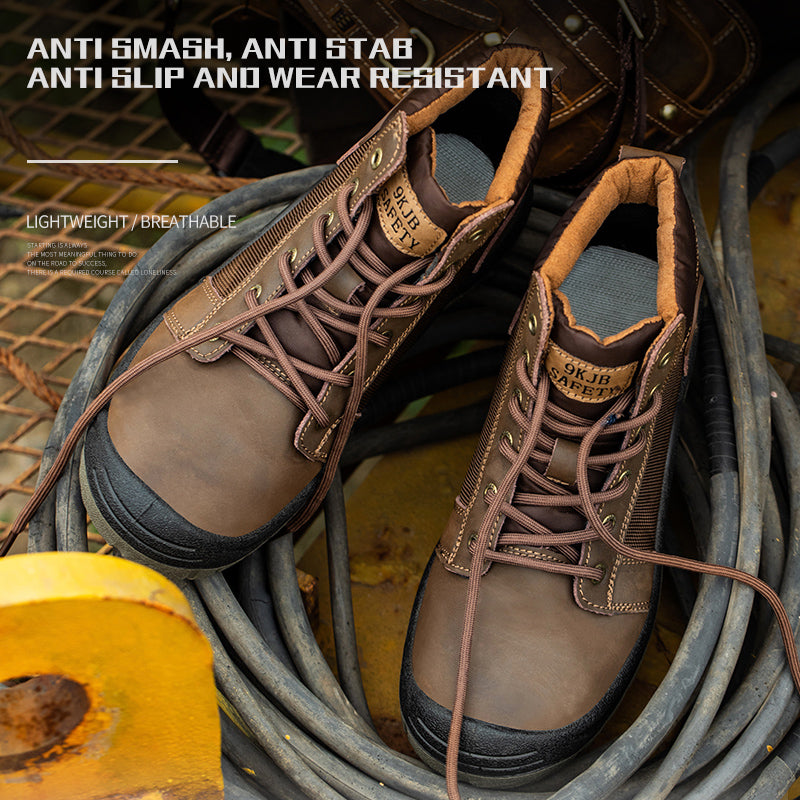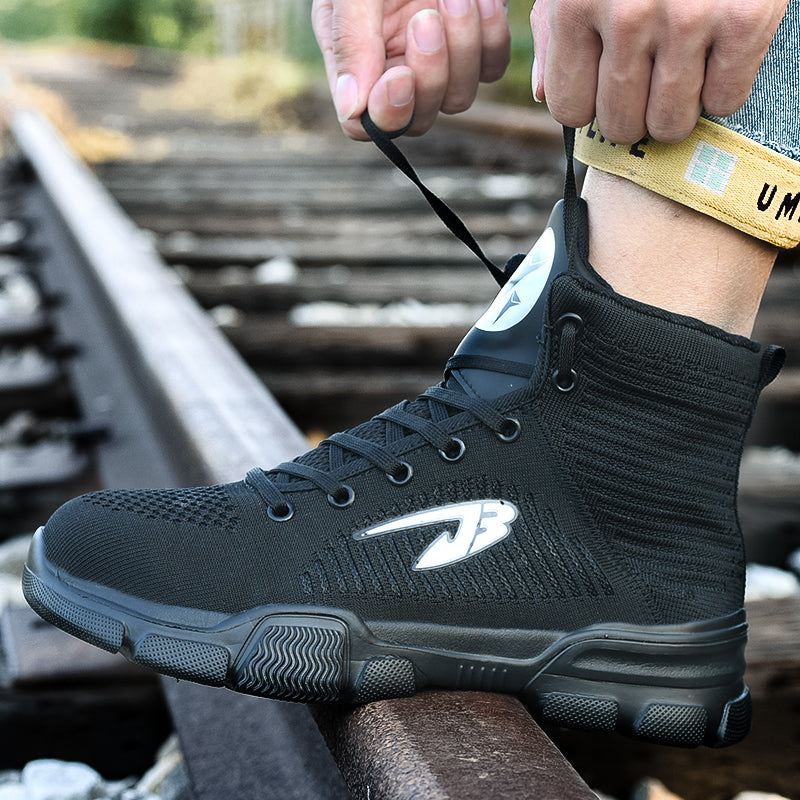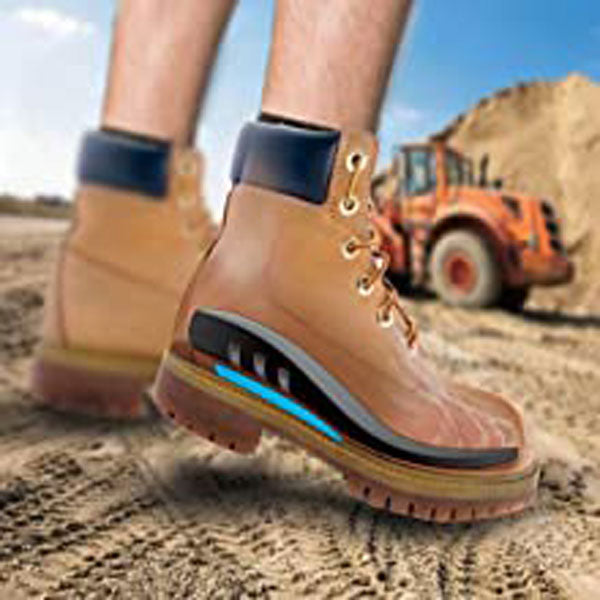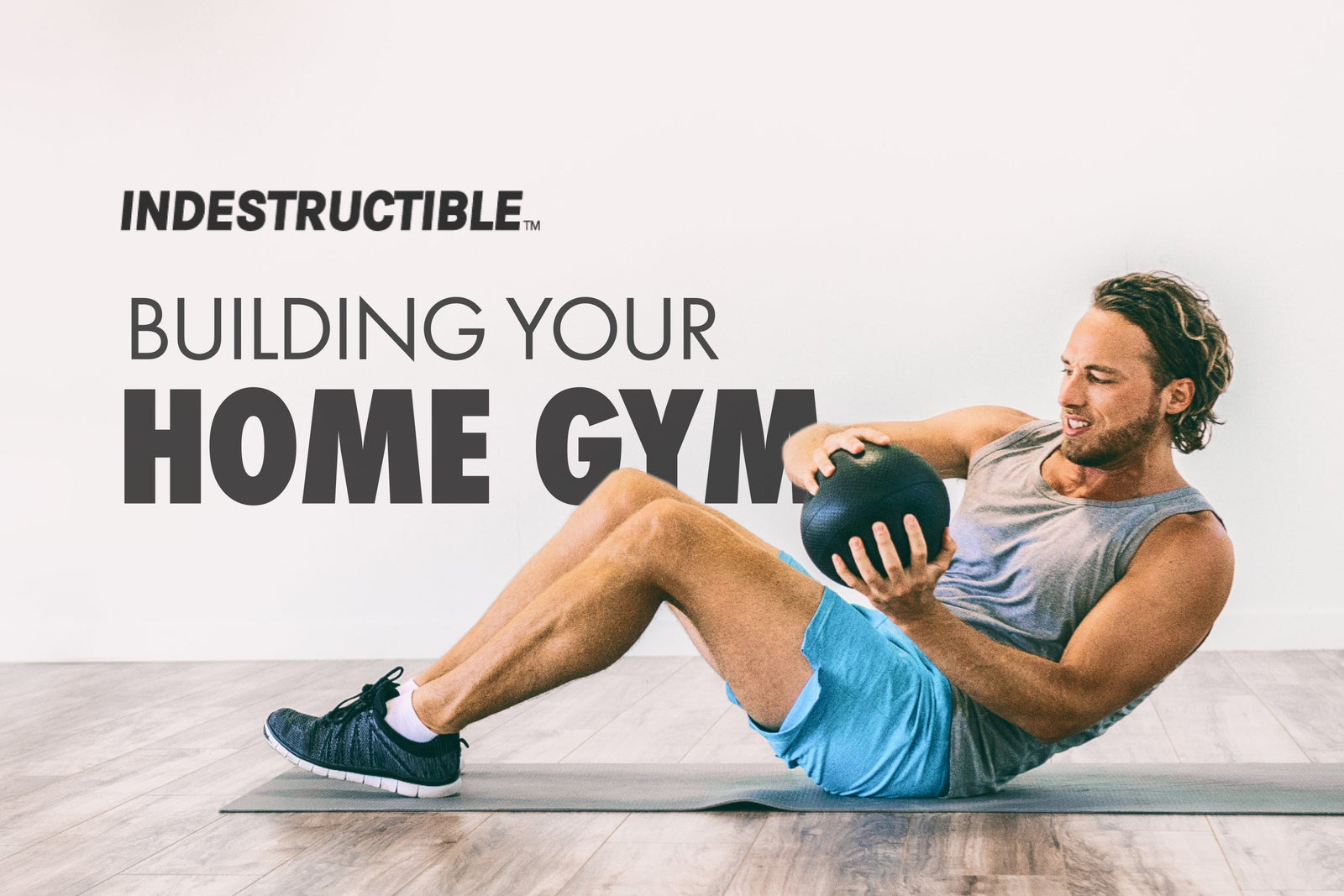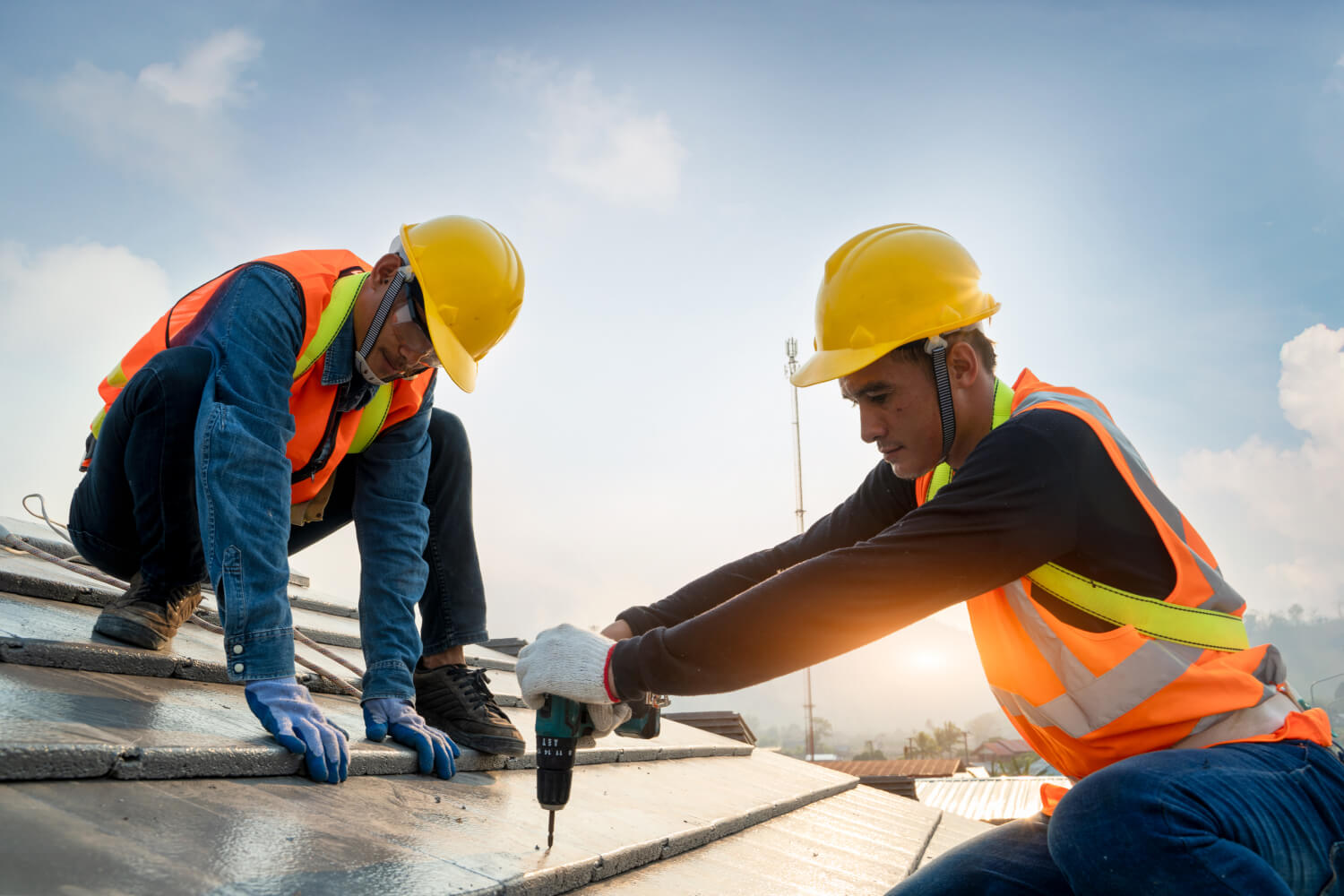"It's my workout. I can cry if I want to."
~unknown
Choosing to build your home gym can be a great solution if you prefer to work out in solitude and don't like the atmosphere of public gyms. You control the cleaning routine, music, and can spend as much time as you want on your favorite machine.
You may spend more building your home gym, but you'll save on fitness fees over the long haul. A home gym setup doesn't have to be expensive with some forethought and planning.
In addition, your home gym will likely increase your home's value. As long as you set it up to maintain an attractive vibe and flow and make sure it’s set up with proper ventilation, your home gym will become a good selling point for your home.
Determine your budget and goals for your home gym.
When you think about how much you can spend on your home gym project, consider how much space you have available.
Small spaces work well for basic workout spaces that need just one or two machines. This may be the style you're going for if you can only use a section of your living room or convert a small foyer space.
You want a motivating space that allows you to work out away from the rest of the household in safety. You may need room for just one machine, a workout mat, and some light equipment.

When converting a room into a home gym, you're looking at a larger expense. You'll want more equipment, and you'll want to renovate for ambiance and longevity.
Here are some things you'll need to consider when you think about your home gym.
What equipment do you need space for?
Make a list of the equipment you'd like to work out with that you're going to purchase. Include everything, no matter how small it is, and be sure to include the pieces you may already own.
You need to plan out your space for storing and using the small pieces as well as the machines. Look at the room you're going to use and visualize how these pieces will fit into your finished home gym.
If the room doesn't have cabinets in place, decide what type of wall storage you will use. You may need a shelf system, cabinet space, or space along a wall for weight racks, depending on the types of workouts.
For smaller rooms, consider choosing equipment that takes less storage. For instance, a Bowflex-style weight bench system will be more self-contained, so you can adjust weight resistance with the settings versus changing actual weights. This eliminates the need for a storage rack or wall storage for the individual weights.
There should be plenty of room around any piece of equipment for safety reasons. Don't overload your space with so much that you can't complete your exercise moves in the proper form, or you risk injury getting on and off the equipment.

An open space will be more motivational for your workout and help you develop a healthy workout habit. If you don't have enough space for all the equipment you would like to have, cut back by rating how important the exercises are to you and choose the most essential pieces for your home gym.
Get the equipment you need for your home gym.
Gym equipment can be costly, and if you're on a strict budget, you may have to review your options and choices. You may be able to save funds by buying used equipment.
If you buy new, make sure your equipment comes from a trusted source and is backed by safety guarantees. A 30-60 Day Money Back Guarantee is strongly recommended, as well as a warranty program for the more expensive machines.
Find the equipment online and read reviews from multiple sources. Reviewers will often share their personal experiences with products, their likes and dislikes, and even pictures of their workout spaces. This will help you decide if the piece of equipment you're considering is right for you.
While deciding which equipment to have in your home gym, you may want to look at virtual and high-tech workout equipment. These are great options for people who can handle headsets and fast movement.
Virtual Headsets.
Virtual headsets are not just for games. You can find boxing, cardio, and total body workouts on these systems. Some have recorded training sessions to help you get through them. The exercises usually are very easy to adjust from low-level to very intense.
Even the few that come with a monthly fee still offer you the convenience of your home workout area. When you find one you’re interested in, look for videos of people using it. You may be surprised at how effective and fun they can be.

Portable home gym equipment.
When space is limited, you may find the answer with portable equipment. These options are often less expensive and take up less space in your home.
- Resistance bands come in various designs for upper and lower body workouts.
- Push-up tools are easy to move to and from your storage.
- Stability balls can be rolled into the corner.
- Yoga mats are made to be rolled up after your workout.
- Skipping ropes are great for cardio workouts and easy to store.
Compact workout machines.
Consider some of the latest in home equipment options for smaller spaces. Many manufacturers create compact workout machines to accommodate people living in small spaces. If your workout area is a small nook versus a big, open room, search for compact workout equipment online.
You'll find options ranging from cardio machines to adjustable kettlebells. Just because your space is small, it doesn't mean you can't have the best today's technology has to offer.
Is your space a nook or a full room?
Creating an exercise nook.
Ideally, you need a 10X6 foot space for an effective home workout space. You may need to declutter and store some stuff in a shed or storage unit to make this space, but it can be worth it.
Possible areas for your exercise nook:
- Corner of the living room.
- Small attic loft.
- Basement corner.
- Patio.
When you're limited to a small space for your home gym, creating workout intervals can be your friend. For example, keep things more interesting by rotating from kettlebells, jumping rope, burpees, and back to the kettlebells.
Exercise nooks are suitable for one-machine options, too, such as setting up a stationary bike or treadmill. They're also ideal for laying out a yoga mat if your workout plan is comprised of body exercises.

Renovating a larger room to a home gym.
Converting a garage to a home gym is an ideal option. You already have a sturdy floor to work with, and it's a space away from your family. This can help you get your mindset on your exercise goals.
The drawback is that it may not be climate controlled, and you may have pests, like spiders, getting into your equipment.
If you're converting a room inside your house, ground-floor rooms are typically better. Especially if you have an older home. Most modern homes are designed to hold enough weight on the second floor to make having a home gym fairly safe.
If you're unsure, do some research to see what your home's upstairs floors are rated for. Treadmills, elliptical, rowers, and weight lifting equipment may be too heavy for some floors to handle.
Dropped weights can puncture and crack the floorboards. When your floors sag and warp from the beating, it's not only dangerous but costly to fix.
The other reason to keep your home gym on the ground floor is noise amplification. If your family is watching TV below, they won't appreciate your treadmill making it sound like a herd of buffalo is having a polo match above their heads.
Start with the flooring.
The flooring could be the best investment in your home gym renovation. Good flooring will help you set up the home gym you love to work out in and use more often. It protects you and your equipment.
It doesn't matter if you're renovating a room inside your house or converting part of your garage. Equipment and workout movements can break subfloors and damage cement floors. You'll rack up costly repair expenses, as well as create an uncomfortable workout situation.
For a home gym, 3/8" or 8mm interlocking rubber tiles are the best flooring options. They look great, protect the floor underneath, and are easy to install. Rubber tiles look great for years and almost last forever.
With interlocking rubber tile flooring, you get:
- A flooring that stands up to abuse from actions such as dragged equipment and dropped weights.
- Protection from wear and tear for your equipment.
- Sufficient traction for your safety.
- The interlocking feature eliminates uneven surfaces that can trip you.
- Flooring that absorbs impact to keep dropped items from bouncing up back to you and causing injury.
With the right flooring, you'll protect your home and create a workout experience you'll love. When you feel good about your workout space, you're more likely to form and maintain a consistent exercise routine.
What do you need on your walls?
Your walls will help you set your home gym ambiance. Look at the space you’re converting and determine what motivates you to work out and what you need for your equipment.
Windows can let in sunshine and provide a workout experience that makes you feel free.
The home gym will likely get humid, and opening a window will help. Look at your space and determine if you want to keep the windows you have, set up a fan, or install bigger windows.
If you set up your home gym in a windowless interior room or the basement, consider using mirrors along one wall to make it seem more open and roomy. Mirrors can also help you make sure you're using the right form during your exercises.
Some things to consider:
- Do you need space for storage or a fitness wall?
- Do you need a big screen TV for your treadmill or rowing machine on one wall?
- If your ceilings are high enough, you may like to have a rock-climbing wall on one side.
- Do you need hanging space for heavy weights on one wall? Is it capable of handling the load?
With a bit of pre-planning, you’re sure to create a home gym that you’ll love working out in. You’ll find forming healthy exercise habits more enjoyable, and you’ll reap the rewards both mentally and physically.

